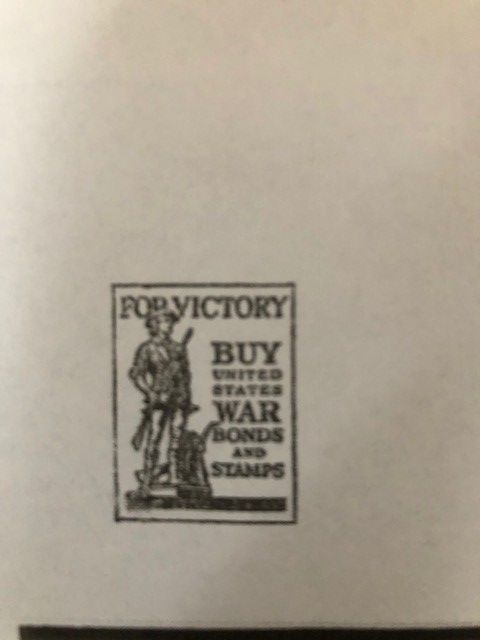In Memoriam: Howard Blitman
It is with a sad heart that I inform you of the passing of one of the MMA’s former board members and an honorary board member, Howard Blitman.
Howard was a force. He had a strong presence and you knew when he entered a room. He had a distinct sort of gravelly voice and if he did not agree with you, you knew it. He did not hold back and that’s probably what I liked best about him. He made me nervous – and as a wise woman once told me, if someone makes you nervous like that, it shows you just how much respect you have for them. I don’t think I called him “Howard” until maybe five years ago. Most of the time, I said, “Yes, sir.” Not in an authoritative sort of way but with a deep respect – and frankly, affection. Lately, he had still been coming to the Soirée, granddaughter on his arm with his bow tie thrown around his neck. We always had a big greeting and I can hear him saying my name. He, I think, was a bit of a softy too and we had some things in common which I think surprised both of us – opera and vegetable gardens.
Among many things, Howard was instrumental in the initiatives of the process to expand and reinvigorate the MMA physical plant – specifically as the MMA worked on the first major strategic plan in many years in 2013, which led the MMA to focus on the buildings and sites that make up the MMA. Buildings were Howard’s “thing” – he really was an authority and my statement is definitely an understatement – and having him vet architecture firms with the rest of the committee was invaluable. And again, he didn’t mess around – he was to the point and called out the various firms and their people on things he didn’t agree with and that he felt were wrong. Howard was generous of his time and his financial support. He was also a long-time member of the board at the Nantucket Land Council firmly believing in the importance and beauty of the island’s unique ecology.
I wish I had known Howard better. I appreciate what I learned from listening to him and I know the MMA is a better place because of his belief in the organization and his ongoing support at many levels.
The step, however small, which is in advance of the world, shows the greatness of the person, whether that step be taken with brain, with heart, or with hands. – Maria Mitchell
JNLF
Recent Posts




